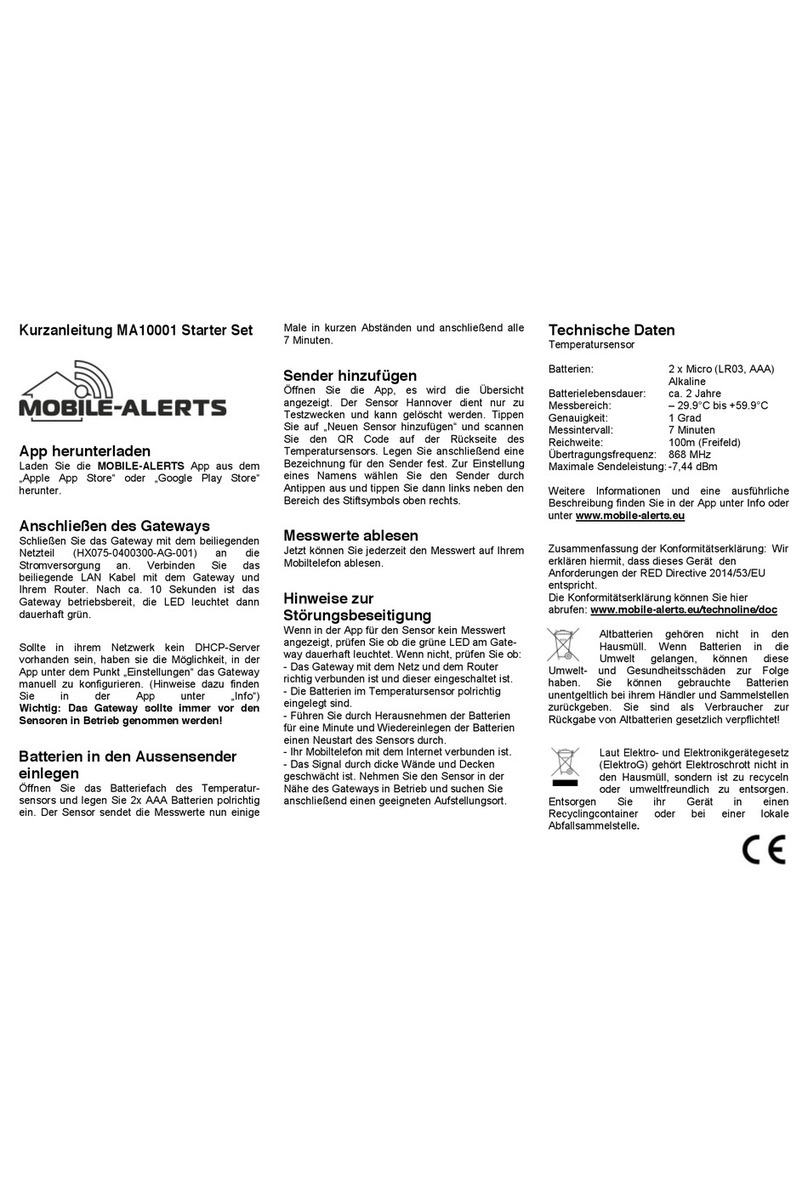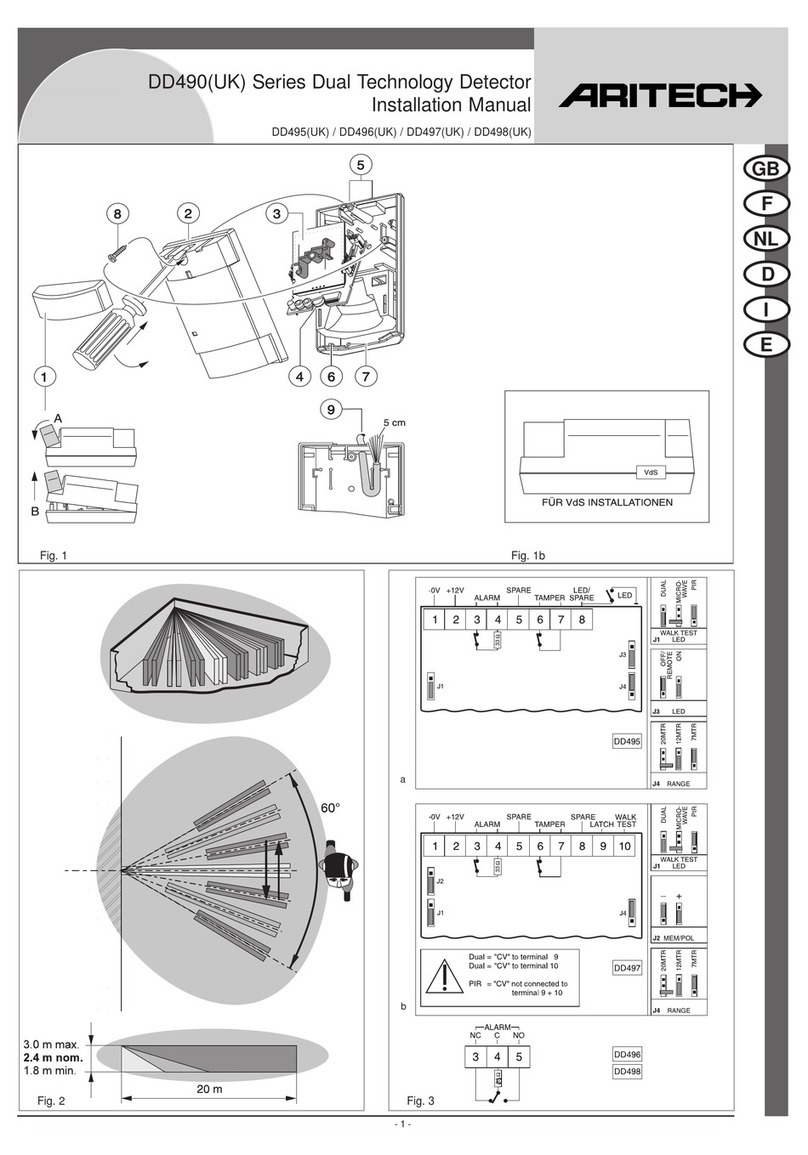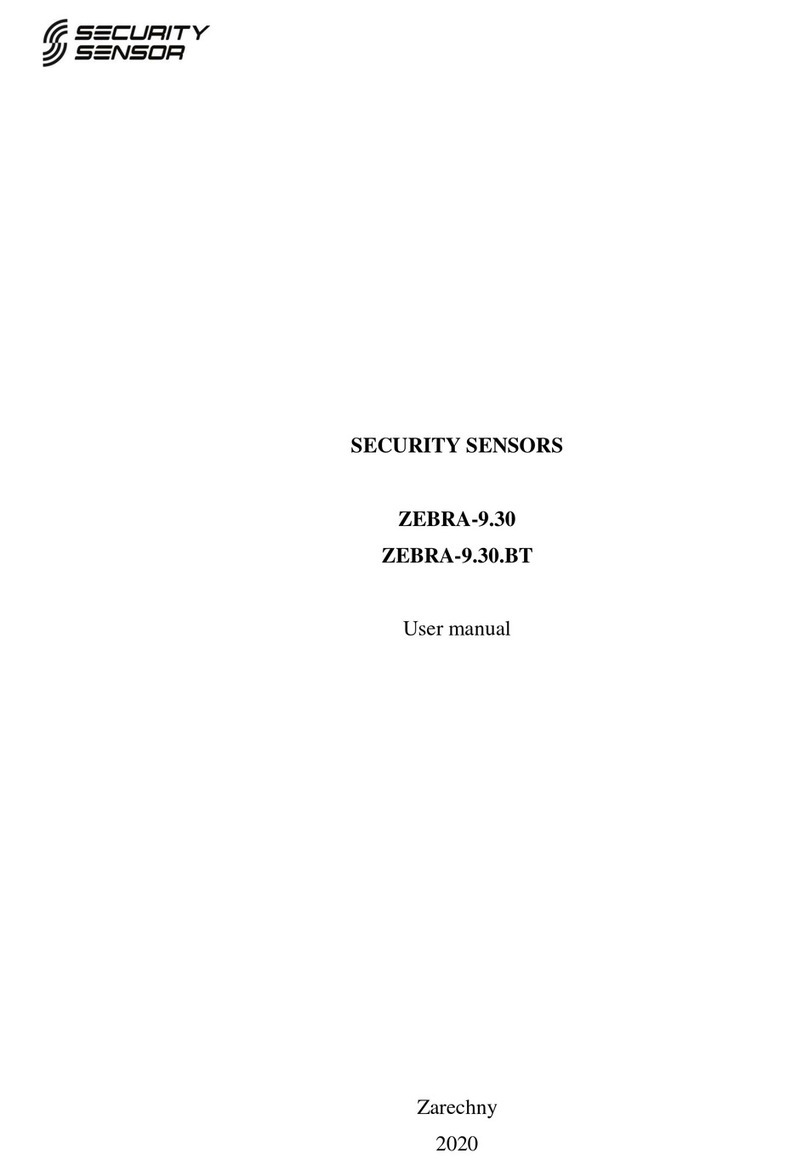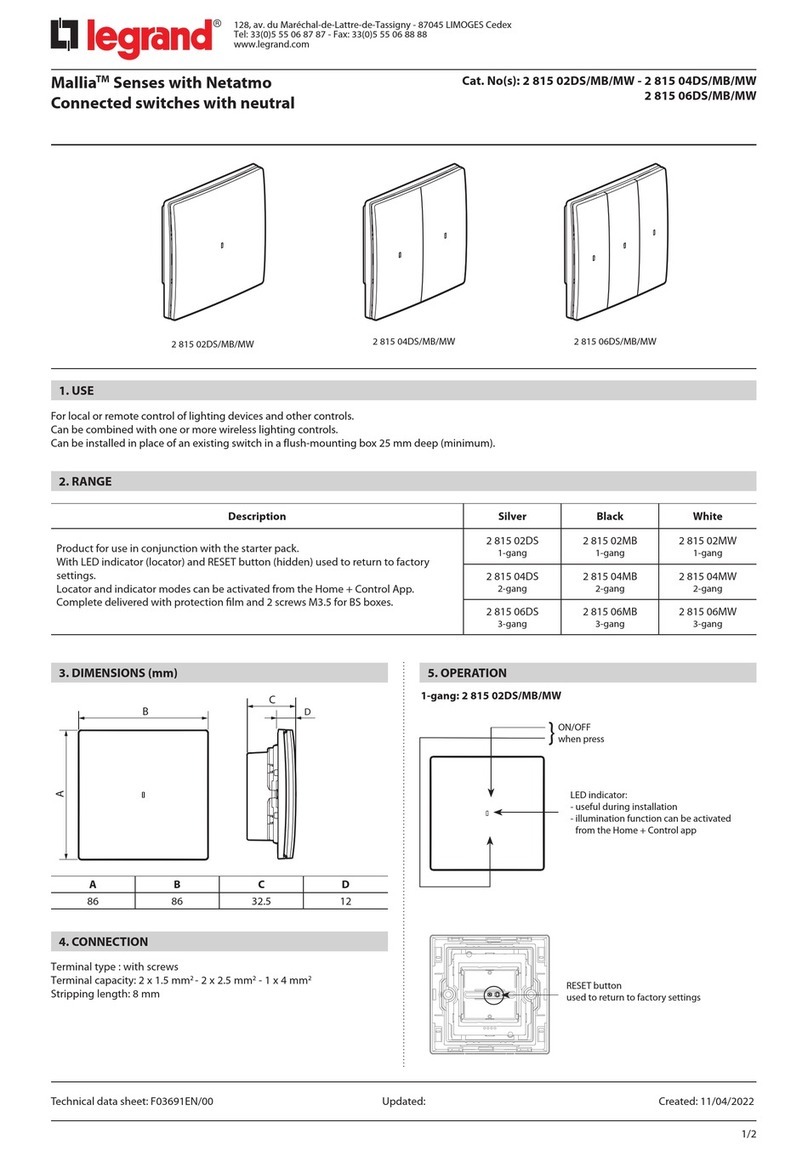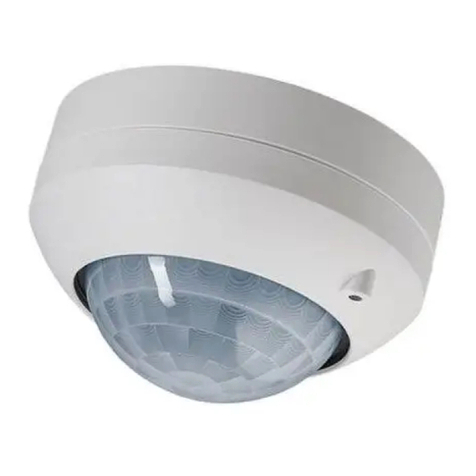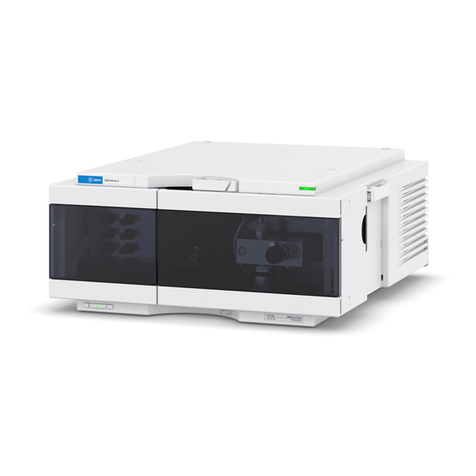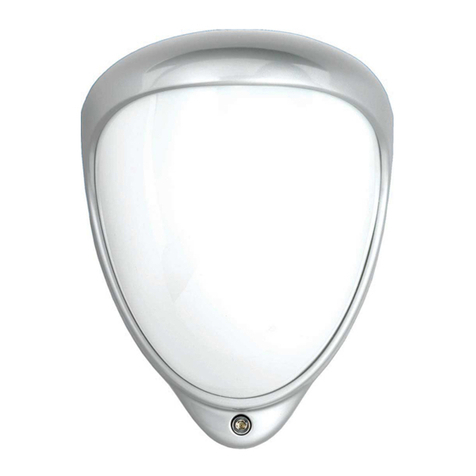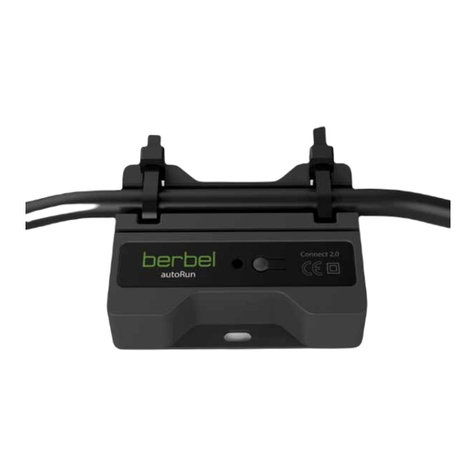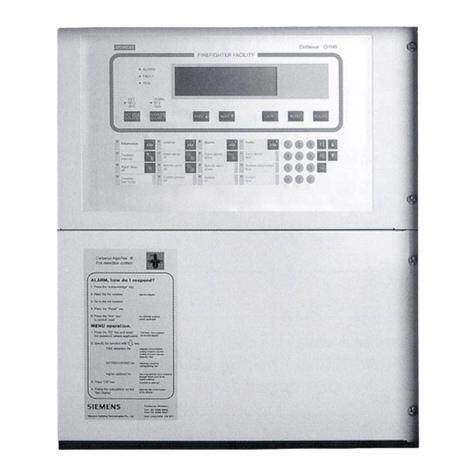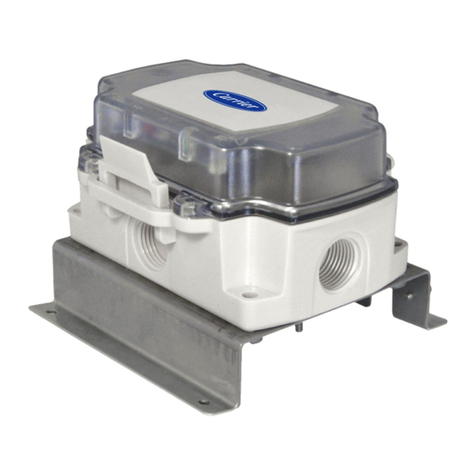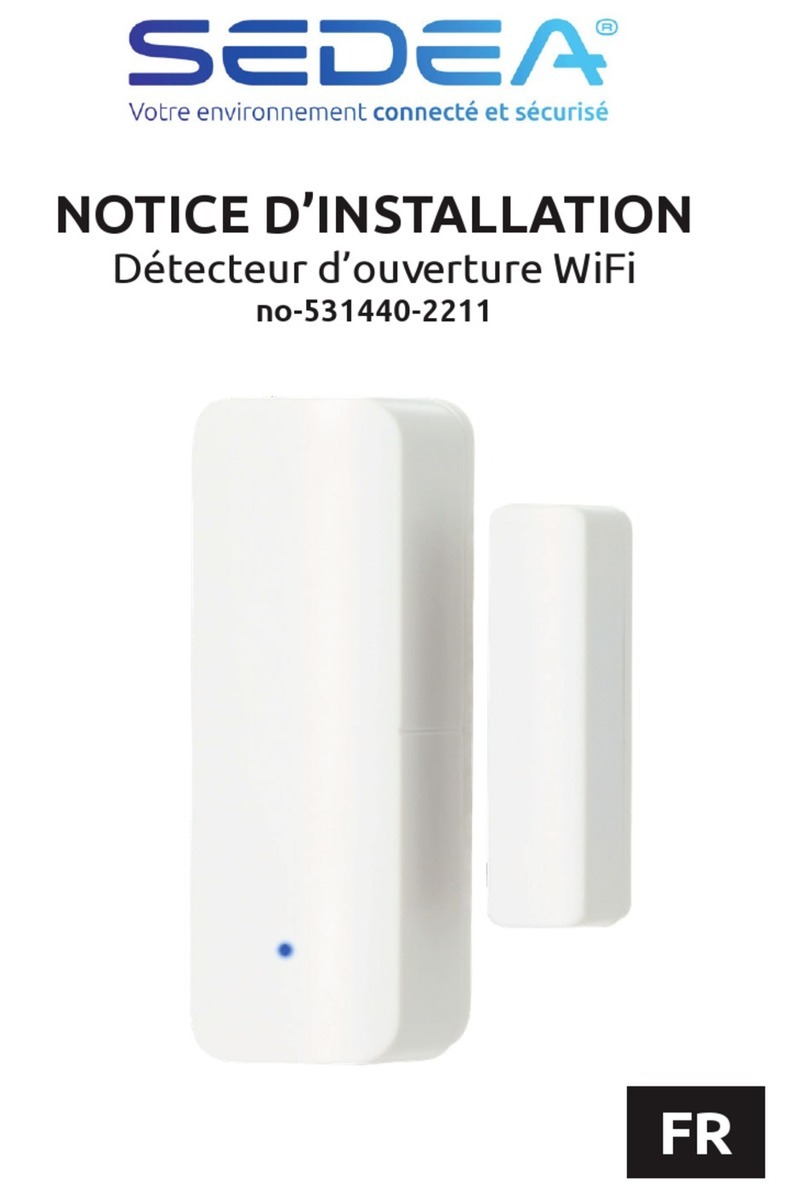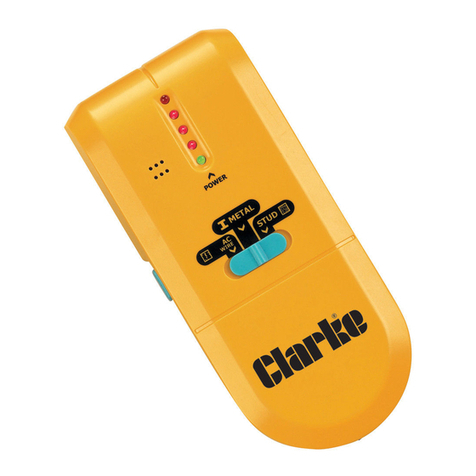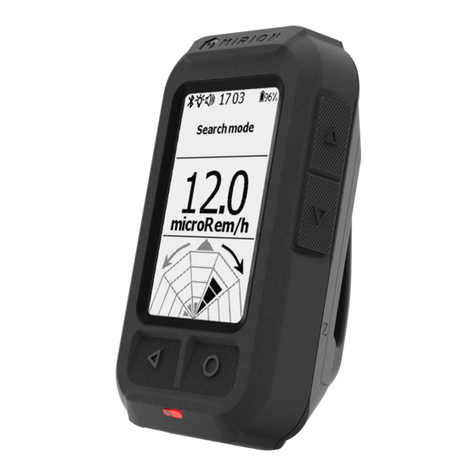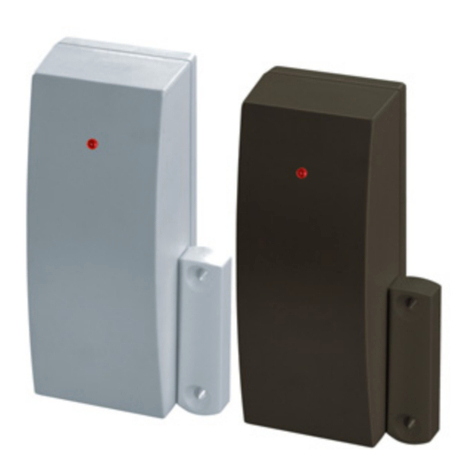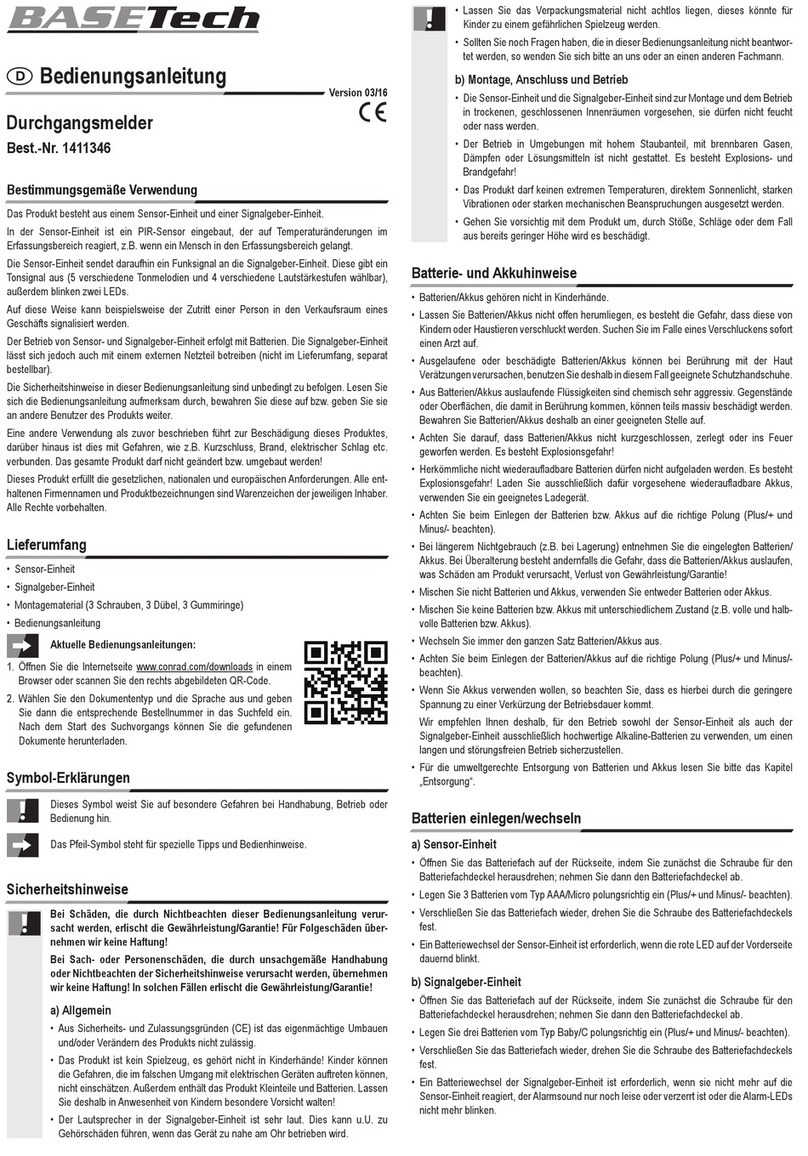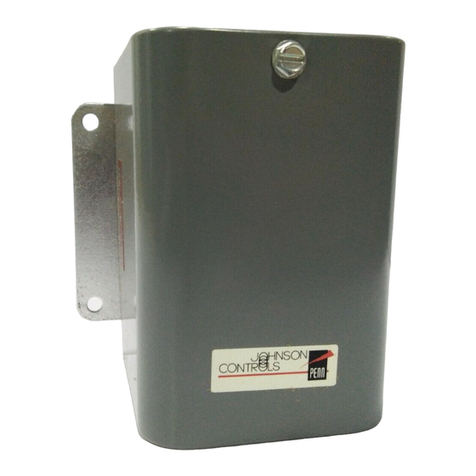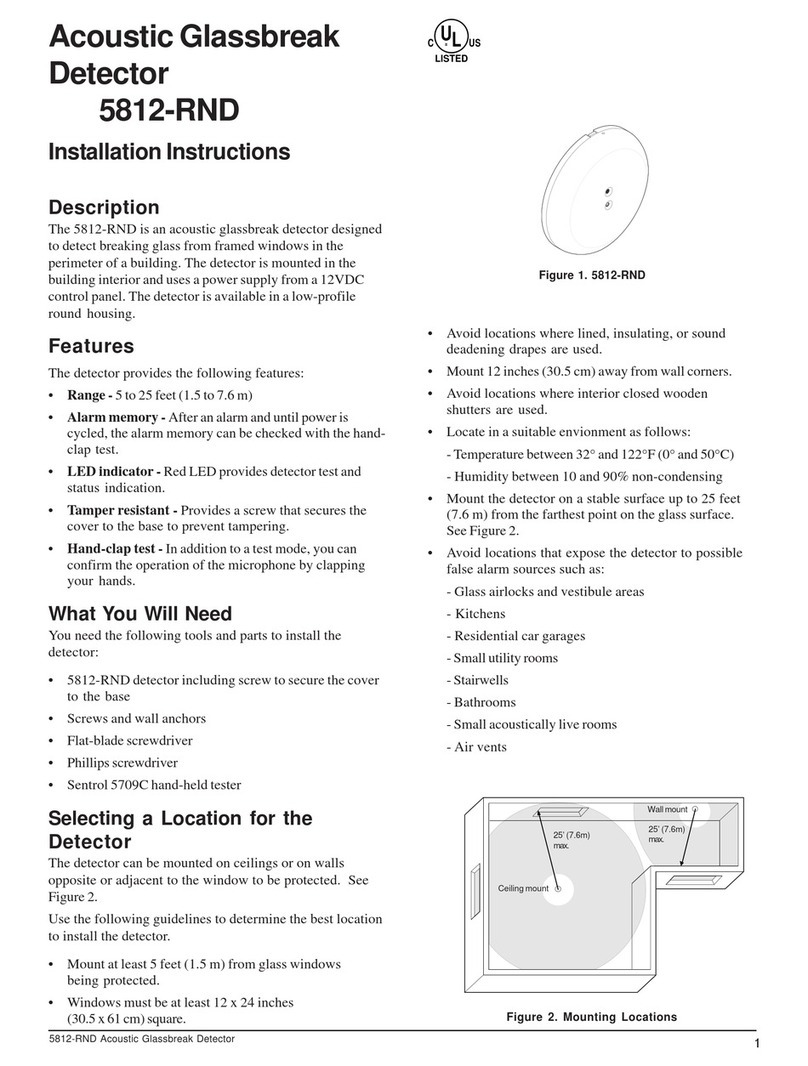
For example, if the sensor is mounted 6.35 m above the ground, and the measured distance from
the sensor to the snow surface is 4.34 m, then the snow depth is calculated as the difference of
these two values: 6.35 m – 4.34 m = 2.01 m.
In this case the sensor will report 4.34 m as the measured snow level and 2.01 m as the measured
relative level.
Alternatively, it is possible to set the sensor height indirectly, using the staff gauge measurement.
In this case, the staff gauge measurement needs to be taken directly underneath the position
of the mounted sensor. When setting the sensor height using staff gauge height, the following
formula will be used to calculate the sensor height:
SH=D+SG,
where:
SH=sensor height,
D=measured distance from the sensor to the snow,
SG=staff gauge measurement.
For example, the sensor is mounted at an unknown height above the ground and using a staff
gauge it is determined that the snow depth at that given time is 1.34 m. The sensor detects snow
at the distance of 6.02 m. By setting the value 1.34 m as the staff gauge measurement at the same
time when the device measures the distance as 6.02 m, the sensor height will be calculated as the
sum of these two values: 6.02 m + 1.34 m = 7.36 m.
In this case, the sensor will report 6.02 m as the measured level and 1.34 m as the measured
relative level.
4.6. Units
Default measurement unit of the LX-80S is millimetres. It is possible to change the measurement
unit of the device using any of the aforementioned communication protocols. The following
measurement units are supported: millimetres, centimetres, metres, feet and inches. When
changing the unit of the device, special care must be taken when setting new parameter values to
the device as the device will now use the selected measurement unit for every measurement and
every measurement parameter.
4.7. Radar Calibration
The snow level sensor is able to perform self-calibration which calibrates the radar transceiver
electronics. Each instrument is calibrated in the factory, and the factory calibration parameters are
stored in the device. Typically, there is no need to repeat self-calibration, even after using the lsnow
evel meter over several years. In extremely rare cases, when troubleshooting the snow level sensor
that is not accurately measuring the snow depth, it is recommended to redo the self-calibration.
The self-calibration can be triggered by clicking on Recalibrate radar button which can be found in
the Settings view of the Geolux Instrument Congurator application.





















